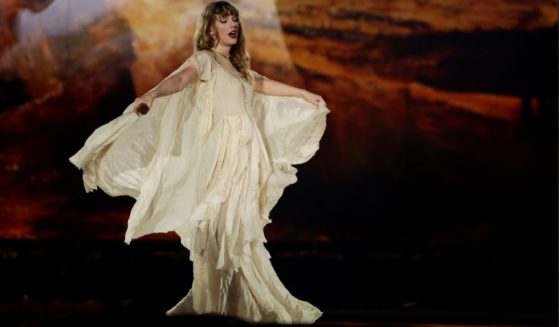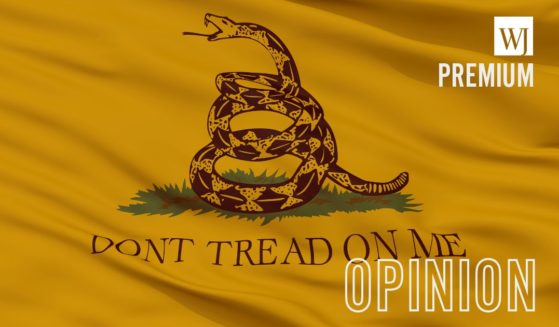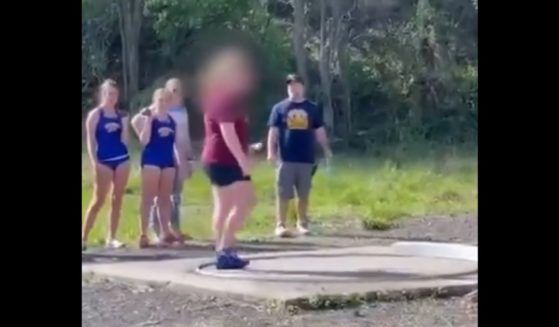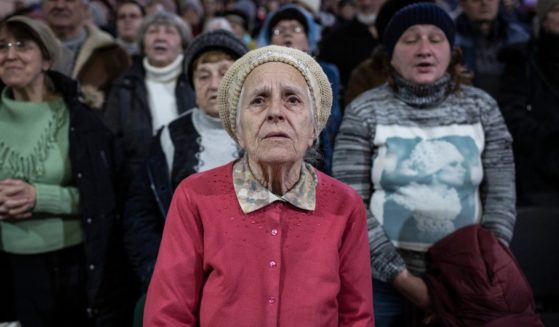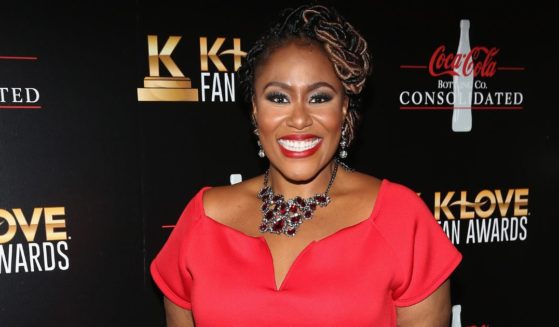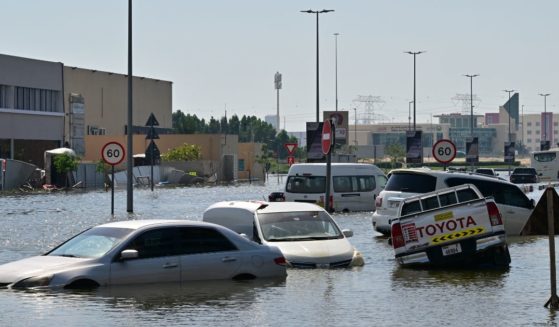Supreme Court Makes Landmark Decision Regarding Ohio Voter Fraud
In a ruling that could have implications for the November midterm elections, the Supreme Court ruled Monday that Ohio’s method for removing names from its list of registered voters does not violate federal law.
The court ruled 5-4 in favor of Ohio, with the five conservative judges supporting the state and the four liberal judges voting against it.
Eligible Ohio voters who have not cast a vote in more than two years receive a notice from the state. If that person fails to respond to the notice and doesn’t vote over the next four years, they are dropped from the registration list.
All states have methods for removing names from voter registration lists which usually involve people who have moved out of a given precinct or who have died. Voter inactivity is not usually a reason in and of itself.
The question before the court was whether Ohio’s method of using mailed notices for removing inactive voters from the registration list violated the National Voter Registration Act of 1993.
In writing the majority opinion for the court, Justice Samuel Alito said Monday’s ruling only affirmed the state was not in violation of federal law, not a commentary on whether the method was the best way to serve its purpose.
“We have no authority to second-guess Congress or to decide whether Ohio’s supplemental process is the ideal method for keeping its voting rolls up to date,” Justice Samuel Alito wrote for the conservative majority. “The only question before us is whether it violates federal law. It does not.”
“Combined with the two years of nonvoting before notice is sent, that makes a total of six years of nonvoting before removal,” Alito wrote.
Ohio’s method is not new — it’s been in place since 1994. But a lawsuit claimed that roughly 7,500 voters were wrongly purged from the state’s registration list for the 2016 election, and a federal appeals court ruled against the state’s method, prompting Ohio to take the case to the Supreme Court.
Justice Sonia Sotomayor wrote her own dissent of the ruling, separate from that authored by Justice Stephen Breyer.
“Congress enacted the NVRA against the backdrop of substantial efforts by states to disenfranchise low-income and minority voters, including programs that purged eligible voters from registration lists because they failed to vote in prior elections,” Sotomayor wrote.
“The Court errs in ignoring this history and distorting the statutory text … ultimately sanctioning the very purging that Congress expressly sought to protect against,” she added.
Because of the ruing, at least six other states are expected to enact similar methods for cleaning up their voter registration rolls
Reaction to the ruling was as split as the justices themselves.
Fantastic ruling for clean elections by the Supreme Court today. In fact, the High Court upheld a settlement agreement between Ohio and @JudicialWatch to help clean voter rolls in Ohio. Leftists opposed to election integrity suffered a big defeat today.
— Tom Fitton (@TomFitton) June 11, 2018
This is not democracy. This is an attempt to erase the voices of millions of Black voters who vote infrequently, all to benefit the few in power. A decision like this will only encourage states to continue pursuing racist voter laws. #ProtectMyVote #SCOTUS https://t.co/PiRheh7vEi
— Rashad Robinson (@rashadrobinson) June 11, 2018
“The Supreme Court got this one wrong. The right to vote is not ‘use it or lose it,'” Chris Carson, president of the League of Women Voters of the United States, told NBC News. “This decision will fuel the fire of voter suppressors across the country who want to make sure their chosen candidates win reelection, no matter what the voters say.”
The Trump administration had supported Ohio, saying in a court brief that the state’s system strikes a balance between “on the one hand dramatically increasing the number of voters on the voter rolls but, on the other, giving states the flexibility they need to manage the issues that arise when you have over-inflated voter rolls.”
Truth and Accuracy
We are committed to truth and accuracy in all of our journalism. Read our editorial standards.

